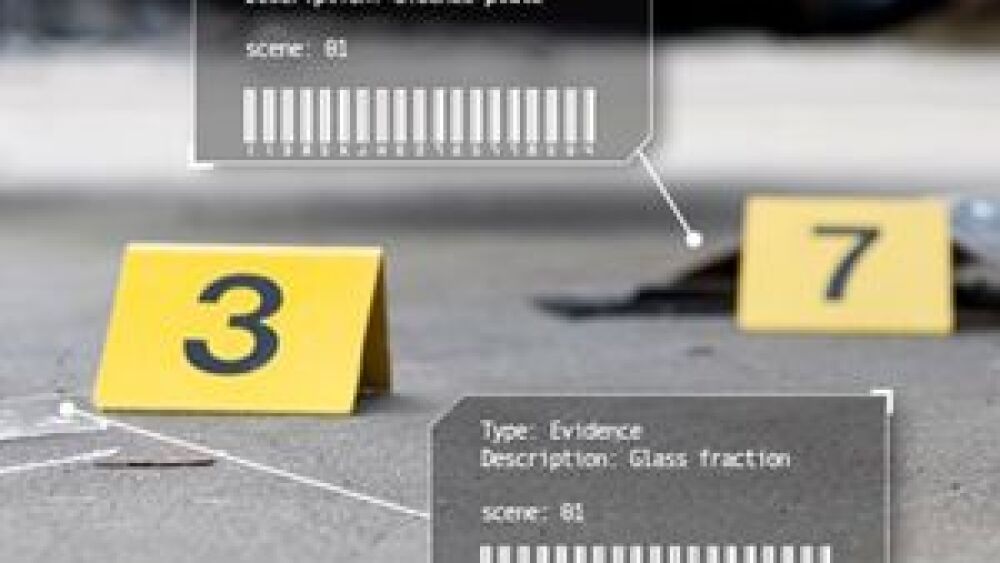By QueTel
This article is provided by QueTel.com and does not necessarily reflect the opinions of Police1.
Redaction Technologies Today
Balancing public disclosure and personal privacy by redacting videos from body worn cameras (BWCs) looms as a major cost of investing in these devices. It has been and will probably continue to be a time consuming process, even with the advent of new technologies. Frame-by-frame redaction is out of the question, as a video typically generates 1,800 frames per minute of video. It’s just too slow. One vendor proposed full video blurring, which can be accomplished automatically in minutes, is ineffective. It makes the video next to useless.
Surveying the market as it exists today there are three major approaches that vendors are proposing to speed up video redaction.
Target Tracking
The classic redaction tool, tracks targets, as they move through the window of the screen. It masks the target with a square or oval allowing the software to “map” multiple points on the target—face, license plate, video screen with criminal justice information displayed. It tracks those mapped points so long as discernable. If it disappears only to reappear again, the redactor has to frame the target again. Several other vendors have created versions of this type of object tracking.
Trajectory Tracking
One popular redaction tool employs a trajectory for following targets. As each appears in the video, the user marks the target (face, license plate, street address, etc.) with an oval or a rectangle. He, then, plays the video until the target changes trajectory or disappears. At this point, the redactor masks the target again with another oval or rectangle. When “processed,” the software blurs the target area in each successive frame along the trajectory line. The user repeats this process for all targets in the video that need to be redacted.
Facial Tone Tracking
One vendor is able to detect faces in a crowd and marks them for blurring based upon the skin tones. Unfortunately, the YouTube video that was used as an example of mass redaction missed a few faces. It tended to over blur back ground items in the range of color tones it chose to redact, such as a yellow stop light. Color tone redaction helps with faces but not MDT monitors, or other identifying information, such as unique clothing, building addresses, as well as patient names and room numbers posted on a nurses’ station in an emergency room.
The Redaction Fantasy
The anticipation of fully automated redaction is along the lines of expecting computers to replace humans. In the first instance differing interpretations of a jurisdictions rules and guidelines will mean that what targets should be redacted may be different from one to another. Automating portions of the process, e.g. blurring of certain colors and shapes is certainly there, or nearly there, but in most videos, a human will need to intercede to spot and mark sensitive material that a computer cannot be programmed to identify.
It should be clear that even if spotting and marking were to be able to be completely automated, human interaction will be important at different stages of reviewing and approving videos for release.
VIDEO EFFECTIVENESS
Redacation speed cannot be separated from its effectiveness. Short of frame-by-frame redacation, there is probably no single perfect redaction tool. The example of color blurring misses other personal information. Target tracking tends to lose objects as the camera window wobbles back and forth on the subject matter. It requires human interaction to make minor adjustments.
Accordingly, we believe it is important to employ multiple technologies and techniques to ensure the effective redaction of sensitive material. A quick example would be a person, who is standing still and is marked and tracked in the video. As the officer turns and the person disappears. There is some point that as that target disappears the tracking software can no longer identify the face. A human can. At that point some other means of marking and blurring the partial face is required.













